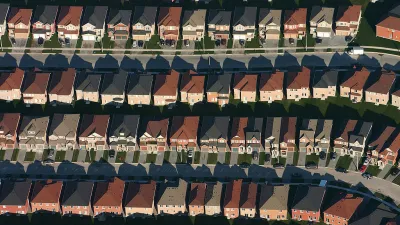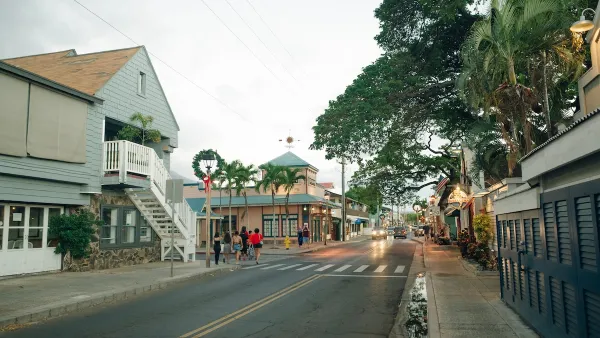Has the renaissance of our urban cores petered out or will the movement of suburban refugees to denser metro neighborhoods continue? Let's see what demographics and economics tell us.

During the recession and post-recession years, between 2006 and 2015, urban areas around the country saw a major influx of new residents as millennials and former-suburb dwellers moved into downtowns and denser urban neighborhoods. Writing in Medium, economist Lyman Stone seeks to find out if this inflow migration to urban cores is a lasting phenomenon or just a "migration bubble." He finds that part of the inflow explanation was driven by cheaper housing in urban areas at the beginning of the recession.
Migrants moved in pursuit of cheaper housing during the recession, with many foreclosed on, and fewer pursuing ownership. This wasn’t because they wanted a better home or a better neighborhood: those reasons became less prevalent. It’s because the relative costs of urban renting suddenly became much more favorable.
As prices in the urban core have increased in comparison to housing costs in suburban areas, the inflow migration has slowed. Essentially, Stone explains, the imbalance that saw people move into urban areas is shifting back to where we were pre-recession as suburbs become the more affordable option once again.
When we look at the last few years of migration, we should see it as a bubble. It was never going to last very long, and was always the product of essentially transient imbalances of in costs that migrants rapidly arbitraged. We are now returning to the normal state of suburban and exurban inflows, and urban outflows.
FULL STORY: How the City Almost Came Back

Analysis: Cybertruck Fatality Rate Far Exceeds That of Ford Pinto
The Tesla Cybertruck was recalled seven times last year.

National Parks Layoffs Will Cause Communities to Lose Billions
Thousands of essential park workers were laid off this week, just before the busy spring break season.

Retro-silient?: America’s First “Eco-burb,” The Woodlands Turns 50
A master-planned community north of Houston offers lessons on green infrastructure and resilient design, but falls short of its founder’s lofty affordability and walkability goals.

Test News Post 1
This is a summary

Analysis: Cybertruck Fatality Rate Far Exceeds That of Ford Pinto
The Tesla Cybertruck was recalled seven times last year.

Test News Headline 46
Test for the image on the front page.
Urban Design for Planners 1: Software Tools
This six-course series explores essential urban design concepts using open source software and equips planners with the tools they need to participate fully in the urban design process.
Planning for Universal Design
Learn the tools for implementing Universal Design in planning regulations.
EMC Planning Group, Inc.
Planetizen
Planetizen
Mpact (formerly Rail~Volution)
Great Falls Development Authority, Inc.
HUDs Office of Policy Development and Research
NYU Wagner Graduate School of Public Service


























